🦀 PT Crab Issue 64 - Of Pelvis and Fear.
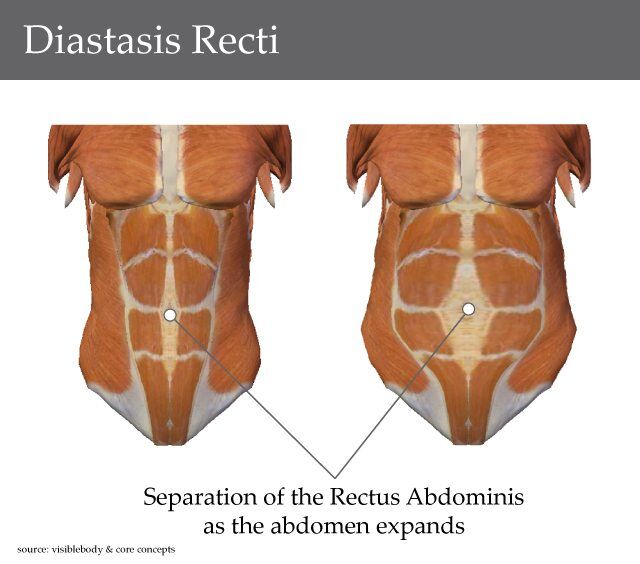
Welcome to a diverse issue of PT Crab and I think the first one that doesn’t really have an article for outpatient PT. Wow. Instead, we have some tangential ones for you, including one about predicting disability after childbirth, and another on vastus medialis. Our King Crab supporters got two more this week, one about long Covid and the lungs, and another on PTs role in treating victims of sexual assault. You can become a supporter for just $10/mo here and the first month is free!
It’s an up, down, and all around edition of PT Crab coming right up.
Let’s dive in!
P.S. This issue of PT Crab is brought to you by Bright Cellars and Fulton Insoles.
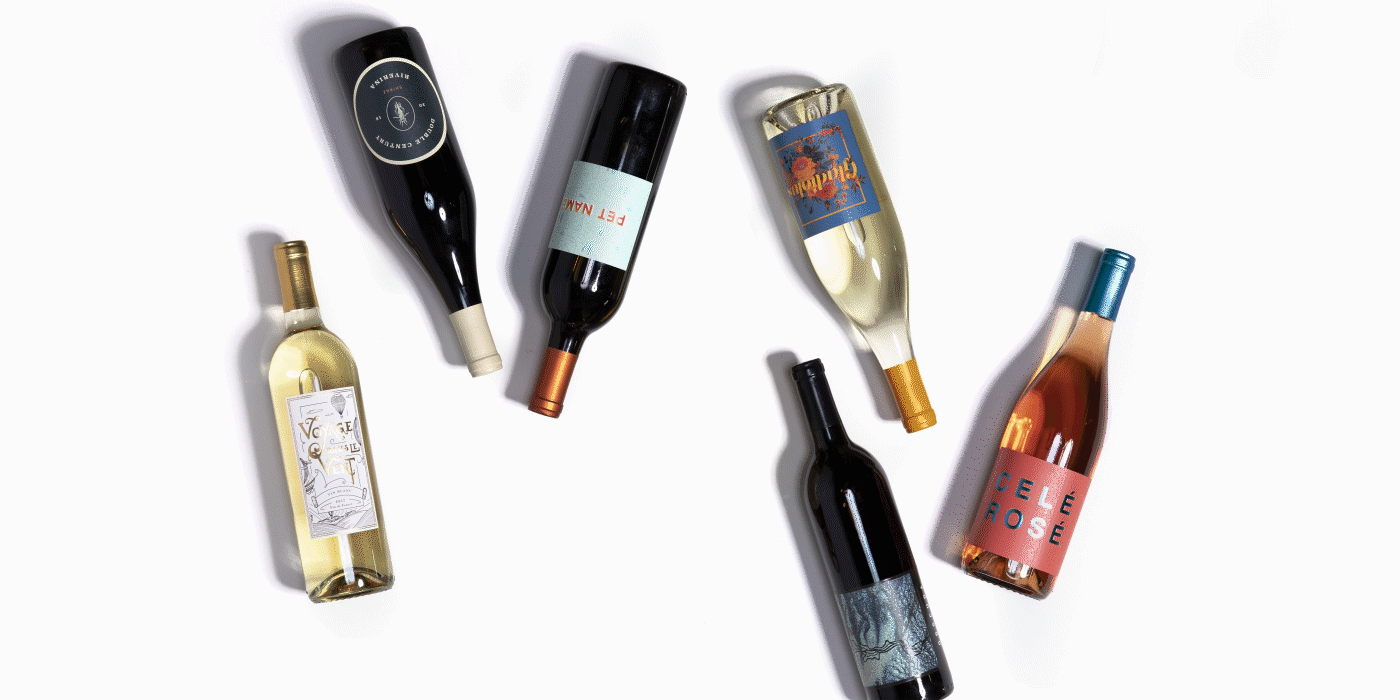
You Like Learning. Wanna learn about wine?
The Gist - You don't have to learn about wine to enjoy it, but Bright Cellars want you to know more so you can enjoy more. They have an awesome, quick quiz where they learn what you like in wine, then match you up with 6 bottles that fit your tastes and preferences. With every box, they teach you about where your wine came from, what its tasting notes are, and why their algorithm chose it for you. With a focus on hidden gems from small vineyards all over the world, Bright Cellars remixes your wine experience and gives you new bottles and varieties to love. And right now, you can get 50% off your first box of 6 bottles with this link. That's a $45 value!
Tell Me More - Bright Cellars was created by a couple of MIT Grads flummoxed by the complexity of the wine world who wanted to make things easier for themselves and you to understand. Remind you of anyone? Yea, that's PT Crab's mission with research, not wine (but if I could switch to wine, I certainly would). Dive in to this deal to learn more about wine, enjoy it more, and find bottles you'll love rather than staring at the endless rows and then picking the same one like you do every week. 50% off your first box of 6 bottles. Sounds like a win-win.
The Link? Sure thing!

Predicting disability after childbirth is all about ‘dat pelvis. And fear avoidance. And other stuff too. But not IRD.
The Gist - This summary sets the record for the longest ever title in PT Crab (19 words!). So, what’s it about? Inter-recti distance. AKA IRD. Increased IRD is common after childbirth and many attribute post-childbirth disability to this phenomenon. But is it right to do so? This article in PTJ says maybe not. They did a cross-sectional observational study of 141 women with an IRD of at least 2 finger-widths and a youngest child between 1 and 8 years old to see. They did lotsa fancy stats to see how disability (using the PDI) correlated with fear-avoidance beliefs, lumbopelvic pain, emotional distress, BMI, IRD, and physical activity.
In the end, they found that actual IRD didn’t explain disability. Rather, lumbopelvic pain and fear avoidance behaviors were the strongest predictors of disability with regression coefficients of 1.4 and 0.42 respectively. IRD was not correlated at all, with a confidence interval that massively spanned 0 (from -1.15 to +0.89).
Tell Me More - Here’s why this matters. If the actual size of IRD was the problem, that’d be what one ought to focus on in rehab. This work shows that that’s probably not the case. Rather, pain was number one with fear-avoidance well behind and emotional distress taking the third spot. So a focus on reducing lumbopelvic pain may be the PT answer. Still, we’re not completely certain due to the limitations here. This was a volunteer-based study and the mean level of disability was fairly low across the board. So we’re not certain, but it points in the direction that IRD itself isn’t the problem, it’s other factors instead.
Paper? Sure thing, as usual. Available over here on ResearchGate.
Gel Insoles Suck. But there’s an alternative.
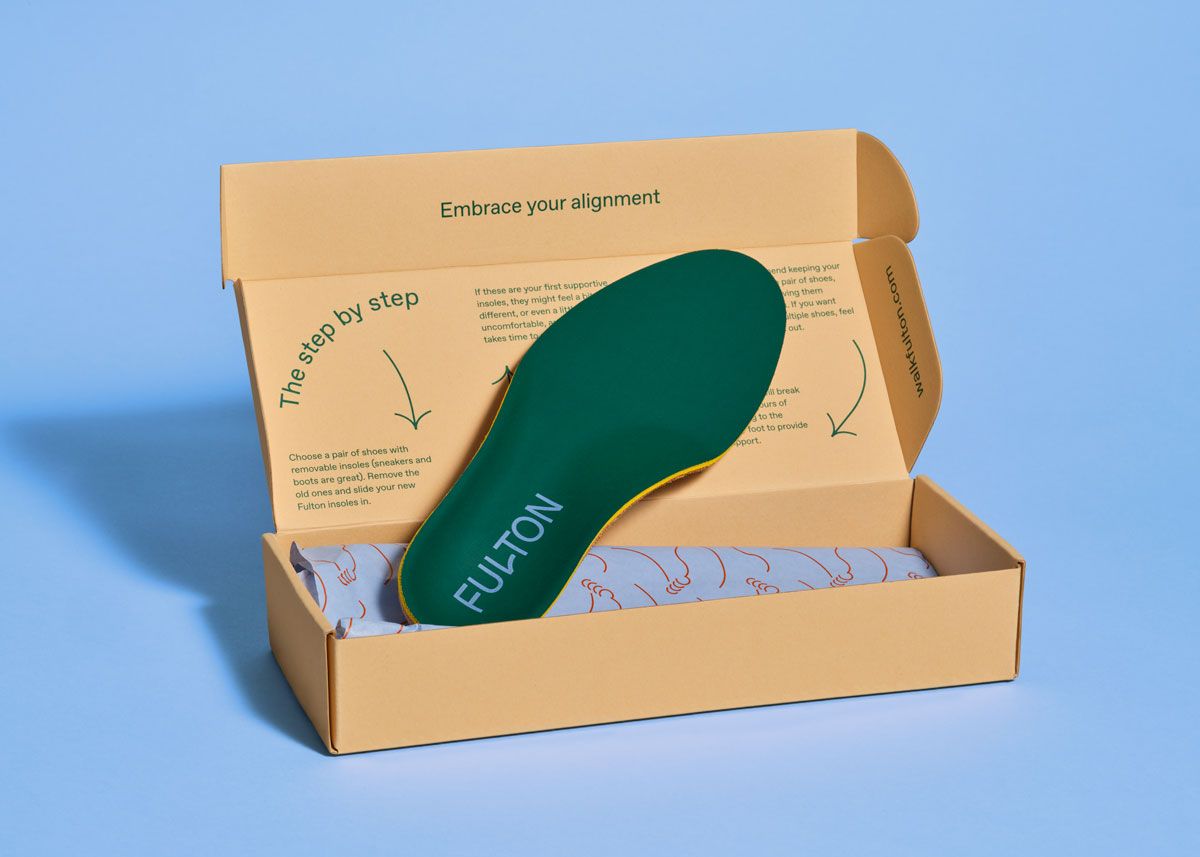
The Gist - Do you patients need arch or foot support in their worn out white New Balances? Do you have someone who “wears the same shoe every day, no matter what” and won’t take your advice to change it? We’ve all had that guy as a patient and we know how tough it is to talk them into support. But we also know how essential the correct support down there is to everything that they do. Well it’s time to introduce Fulton, a new insole company who want to support you and your patients from the ground up. This is a modern brand of arch support, changing how things are done. And it's not just for your patients, it's for you too. I mean c'mon, 8 hours on your feet all day, you need support too.
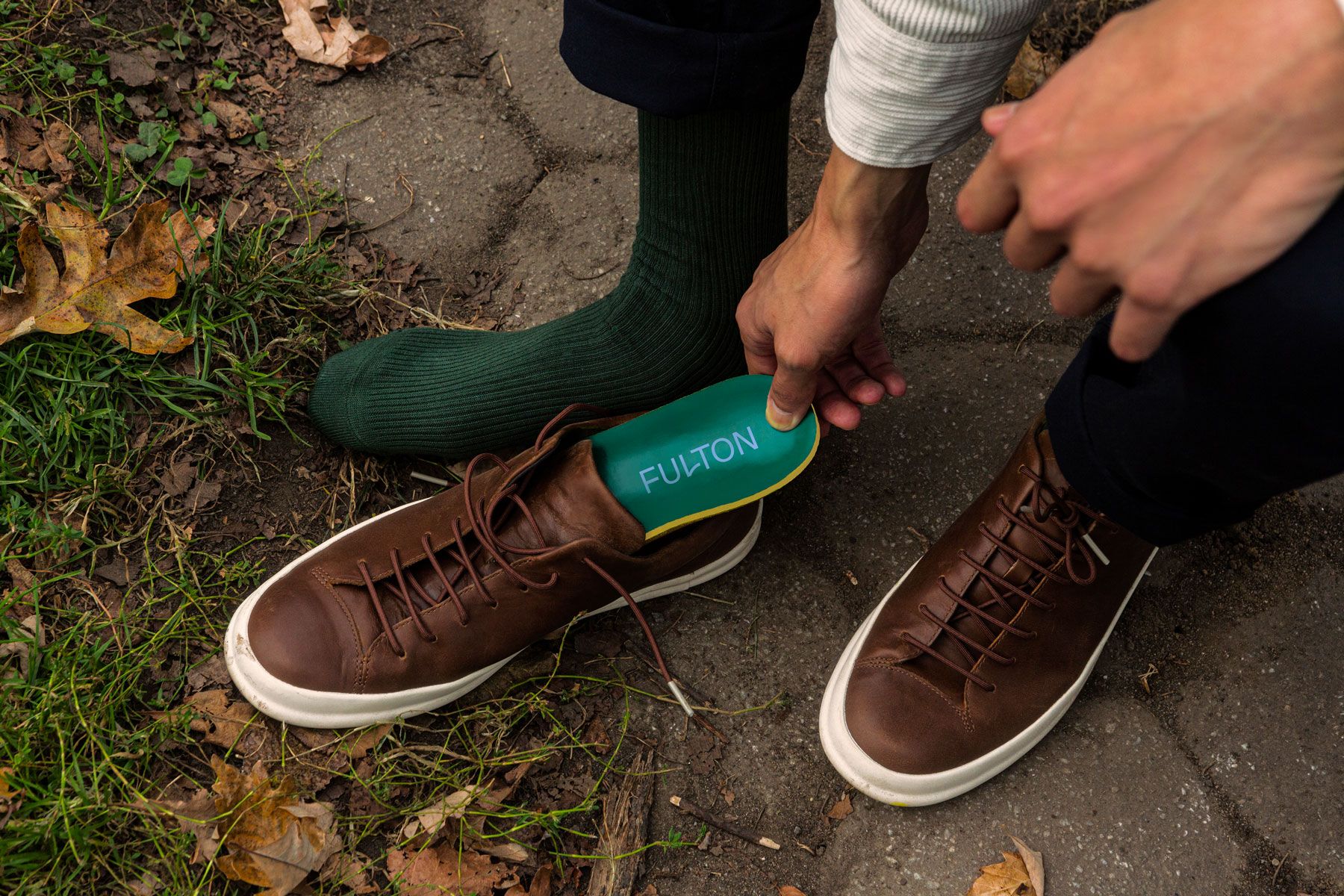
Tell Me More - Fulton uses sustainable materials to produce supportive and comfortable insoles that improve alignment and posture. The cork base absorbs shock and molds to your foot, providing a custom fit, the deep hell cup provides maximal stability, natural latex foam improves comfort, and every piece of the insole is natural and biodegradable. They have free shipping and returns, so every order is risk free.
Learn more and order at WalkFulton.com for a better way to walk.
Link? I mean, it’s right up there, but sure, I’ll put it here too.
Tired of this ad? King Crab supporters don't ever get ads. Ever. Support PT Crab here.
What is Vastus Medialis Really Like? Really Weird.
The Gist - Cadaver studies don’t often feature in PT Crab, since there’s rarely anything clinically applicable, but this interesting study may have some clinical nuggets. They assessed 18 cadaveric lower limbs to study the anatomical interaction between VM and VI and came up with some cool stuff. VM is a clamp muscle. Strange, huh? The figures in the paper really make it clear, so I highly recommend checking those out. I’ll try to explain below.
VM originates from the medial surface of the femur and has most of its fibers directed transversely across the bone, then wrapping around the VI aponeurosis “like a clip holding a sheet of paper.” It uses this clipping action to pull the VI medially while it contracts, changing the direction of force on the patella. Cool! VM also has an insertion on the patella, so it doesn’t only pull VI, but that’s a function of it.
Tell Me More - Let’s talk about why this matters. The researchers point out that this is new information about VM and that it digs deeper into how the muscle controls patellar motion. In their words, it “functions as a dynamic medial stabilizer of the patella”, not via direct pull on the patella via the distal, VMO portion, but mostly through its control of VI’s direction of pull. They also note that this study, combined with previous ones, shows that direct force supplied by VM for knee extension is limited. Specifically:
The EMG observations in the literature, together with findings of the present anatomical study, suggest that the VM acts as an indirect extensor at the knee. It can be hypothesized that by pulling the longitudinal components of VI and rectus femoris medially and dorsally, the VM tight- ens and shortens these quadriceps muscles, much like a belt around the waist. Obviously, this shortening of the length of the quadriceps (indirect extensor mechanism) is most important during the terminal phase of extension.
This is some interesting new ground in our understanding of knee extension. Check out the full paper for the figures and more details about their new findings.
Here’s That Paper - And it’s open access! Yay!
And that’s our week. Please share PT Crab and stay spooky this October! And become a supporter here. Supporters get twice as many articles and 100% fewer ads.



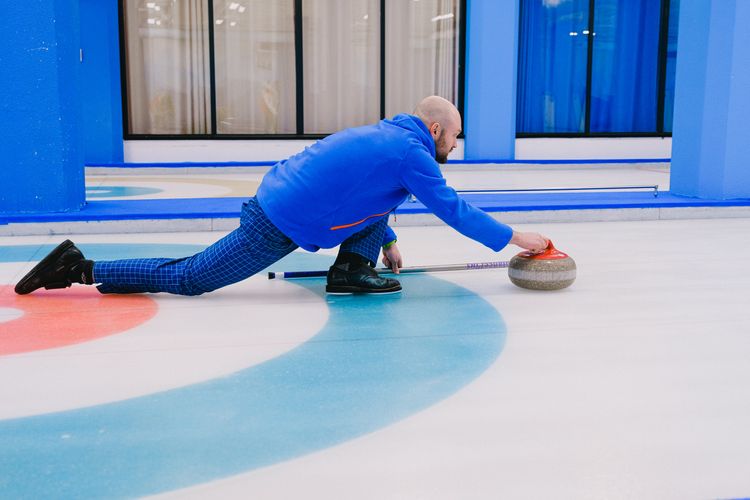
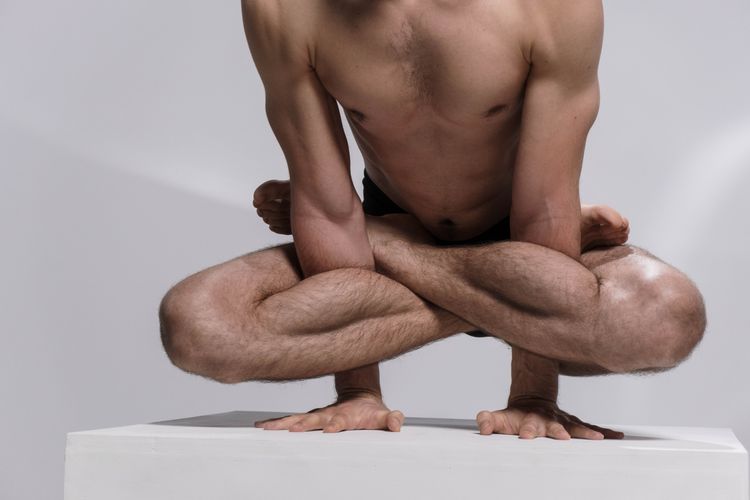
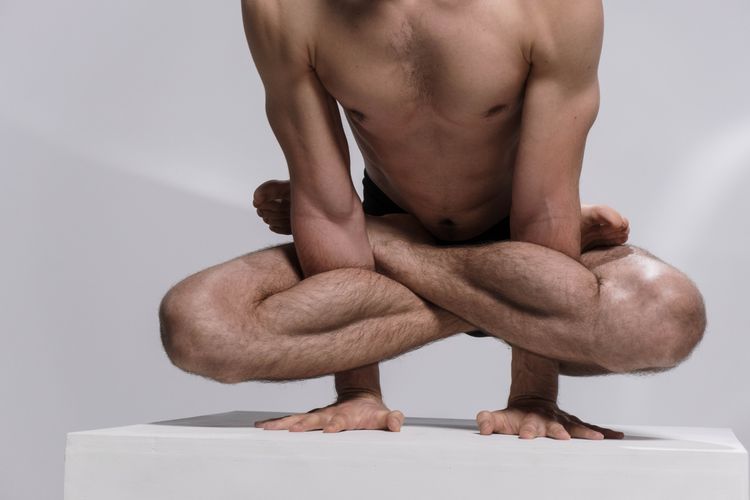
Comments
Want to leave a comment and discuss this with your fellow PTs? Join PT Crab and get summarized PT research in your inbox, every week.